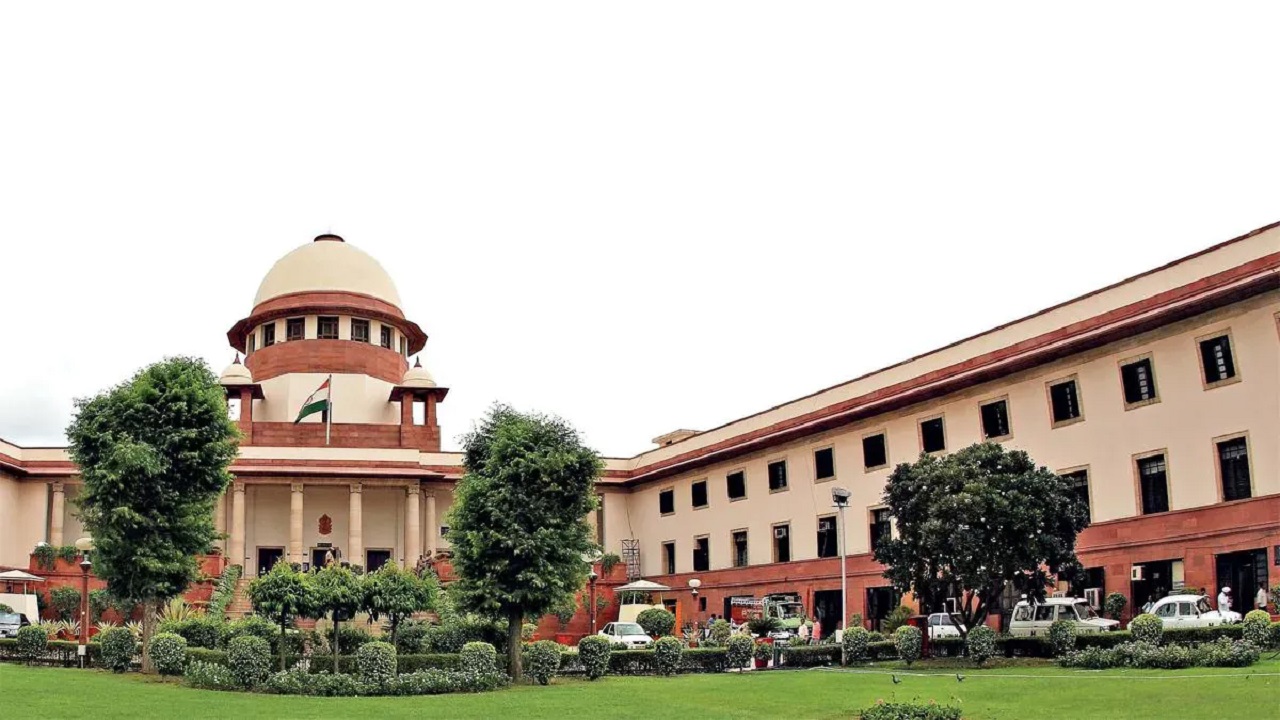The Changing Educational Landscape in India: Opportunities and Challenges
Introduction
-
Education is not just a tool for individual advancement but a pillar of national development, promoting social cohesion, innovation, and democracy.
-
The draft UGC (Minimum Qualifications for Appointment and Promotion of Teachers and Academic Staff), 2025, reflects the changing priorities and concerns in India’s higher education sector.
-
As India aspires to become a knowledge economy, understanding the shifts in its educational framework becomes essential for effective policymaking and governance.
Why Education is the Cornerstone of Societal Advancement
-
Pursuit of Knowledge
-
Encourages understanding over rote learning.
-
Builds a society that values inquiry and wisdom.
-
-
Critical Thinking and Free Inquiry
-
Promotes analysis, synthesis, and evaluation.
-
Essential for democratic citizenship and innovation.
-
-
Intellectual Independence
-
Helps form reasoned opinions, vital in a democracy.
-
Reduces reliance on populism and misinformation.
-
-
Nurtured Dissent
-
Campus movements have shaped ideologies — e.g., anti-colonial and civil rights movements.
-
Dissent ensures checks and balances within democratic structures.
-
-
Agent of Social Change
-
Universities have historically catalyzed major socio-political transformations, including India’s freedom movement and various pro-democracy uprisings globally.
-
Challenges in the Current Educational Landscape
-
Erosion of Academic Freedom
-
Increasing bureaucratic control and ideological interference stifles critical thinking.
-
Compromises the role of academia as a space for open dialogue.
-
-
Corporatisation of Higher Education
-
Universities increasingly run like businesses, prioritising profit and brand visibility over learning.
-
Market-based governance influences what is taught and why.
-
-
Managerial Overreach
-
University leadership from corporate backgrounds may prioritise efficiency and outputs over scholarly depth.
-
Risks academic dilution in favour of administrative convenience.
-
-
Centralisation of Curriculum
-
UGC and NEP frameworks standardise content across institutions, reducing regional, cultural, and pedagogical diversity.
-
Undermines institutional autonomy in research, hiring, and teaching.
-
-
Performance Pressures & Metrics
-
Faculty judged by quantitative benchmarks like publication counts and student ratings.
-
Global university rankings enforce conformity to Western academic norms, often sidelining local knowledge systems.
-
-
Neglect of Value-Based Education
-
STEM and business fields receive disproportionate funding.
-
Disciplines like philosophy, history, and literature are perceived as non-productive, leading to their marginalisation.
-
Consequences of These Challenges
-
Monolithic Education Ecosystem
-
Standardisation across institutions creates a homogeneous academic environment lacking critical innovation.
-
-
Marginalisation of Alternative Perspectives
-
Narrow curricula reduce exposure to diverse worldviews, weakening students’ understanding of complex realities.
-
-
Discouragement of Innovation
-
Pressure for compliance and rankings stifles original, context-specific research and academic freedom.
-
-
Decline of Public Intellectuals
-
Fear of dissent leads to intellectual silence, impacting public discourse and civic engagement.
-
-
Imbalanced Discipline Support
-
Fields promoting ethical reflection and social awareness are losing ground to job-oriented disciplines.
-
Conclusion
The changing educational landscape in India presents a paradox: while reforms aim for modernisation and global competitiveness, they risk undermining the core values of academic freedom, diversity, and intellectual rigor.
_(2).jpg)


_(19).jpg)
Comments (0)